
Nepal’s New Alliance: Revealing the Selfish Motives of Four Parties
Since the formation of the new alliance in Nepal, Prime Minister Pushpa Kamal Dahal has been vocal in blaming the Nepali Congress for the shift in political dynamics. However, behind the scenes, it seems that the influence of China is playing a significant role in reshaping alliances and political strategies in the country. Similarly, other power-sharing parties such as CPN-UML, RSP, and JSP have their own vested interests. What drives their selfishness?
Chairman of the Maoist Center and Prime Minister Pushpa Kamal Dahal ‘Prachanda’ terminated the alliance with the Nepali Congress on Falgun 21, altering the existing power dynamics. The coalition that initially formed the government on Poush 10 of the previous year comprised the UML, Rastriya Swatantra Party, and Janata Samajwadi Party.
There’s a pressing inquiry into the rationale behind resurrecting the alliance that was dissolved last year. The inability of Prachanda to collaborate with the Congress prompts questions. Additionally, speculation arises regarding whether foreign powers have vested interests in the new alliance.
Prime Minister Prachanda cited the government’s failure to deliver results in conjunction with the Congress as the reason for the alliance’s dissolution. He further lamented the Congress’s lack of support in ousting a controversial minister. “Faced with the choice between maintaining the status quo through a mediocre and ad hoc government or assuming the risks associated with change to pursue my objectives for the nation, I opted for the latter,” stated Dahal during a parliamentary session.
However, reliable sources indicate that certain internal and external interests have come together to forge a new alliance. Recently, during its Mahasamiti meeting, the Nepali Congress announced its decision not to forge any alliances in the upcoming elections. Prachanda, who was discontented due to opposition to the people’s war, has endeavored to solidify his political journey and government by forming a new alliance.
Moreover, the Congress had been impeding Prachanda’s proposal to allocate funds of 10 lakhs to the families of numerous martyrs. With the Congress no longer in power, the decision to distribute the funds has been made public.
Meanwhile, this alliance opened the way for the UML and RSP, who were out of power, to participate in the government again. For the UML, which had been eagerly awaiting a return to power, breaking the alliance with NC-Maoist-Unified Socialist was also a matter of prestige. These internal dynamics were evident in the shift of alliances. However, recent times have witnessed attempts at cooperation or even unity among the communist parties in Nepal, spurred partly by China’s interest. China has publicly expressed its desire to see the communist parties in Nepal unite.
During the tenure of former Chinese ambassador to Nepal, Hou Yanqi, the Unified Marxist-Leninist (UML) and Maoist parties were unified. Yanqi played a significant role in facilitating this unification. However, following the split of the Communist Party of Nepal (CPN), China expressed disappointment. Nonetheless, China continued to advocate for cooperation between the communist parties in Nepal. Recently, it appears that external powers have taken an interest in fostering cooperation between the communist parties in Nepal.
It is evident that neighboring countries such as China and India, as well as Western nations including the US, are actively involved in initiatives related to governance, party unity, and cooperation within Nepal. There have been indications that China views the presence of the US in Nepal unfavorably, or that the US is closely monitoring China’s activities in Nepal.
Both of these countries are also increasing their investments in Nepal. Nepal has participated in various projects with China. For instance, a loan has been obtained from China’s Exim Bank for the construction of an international airport in Pokhara, Nepal. However, the interest rate on this loan is high.
China has consistently referred to this project as part of the Belt and Road Initiative (BRI). Sources suggest that the Communist Party has engaged in a new alliance with Nepal in an attempt to bring this project under the BRI by reducing the interest rate, especially since Nepal has recently faced difficulties in repaying the loan.
In this regard, Prime Minister Prachanda had previously instructed the Ministry of Tourism to undertake necessary accounting for the project under the BRI, along with exploring options for reducing the interest rate, during his visit to China. However, due to lack of support from the Nepali Congress before his visit, he had to withdraw his stance.
He subsequently tasked Deputy Prime Minister and current Foreign Minister Narayan Kaji Shrestha with signing this agreement during his visit to China. Unfortunately, Minister Shrestha fell ill before the visit, preventing further progress.
The investigation by the Abuse of Authority Investigation Commission into suspicions of corruption related to this project has posed challenges for several leaders. Pradeep Adhikari, the then head of the Civil Aviation Authority, served as the project leader. However, following allegations of corruption within the project, the authority confiscated airport-related documents on October 29.
Initially estimated at Rs 12 billion, the cost of the project, known as PRIA, saw a significant increase. Sources revealed that officials revised the estimate from Rs 12 billion to Rs 24 billion. There are claims that Adhikari was involved in inflating the project’s cost. Initial investigations by the authority suggest that approximately 15 billion rupees were misappropriated during the airport’s construction.
During the construction phase, complaints were filed with the commission regarding cost overruns, irregularities in the contracting process, and substandard work. The authority, which seized documents for investigation, is probing these allegations. According to sources, the motive behind the new alliance is to shield officials and others linked with the UML party from having the project come under the Belt and Road Initiative (BRI).
Similarly, alongside the protection of officials involved in corruption cases close to him, another interest of CPN-UML Chairman KP Oli is the Nepal-China Industrial Park to be constructed in Damak. This project aligns with China’s ambitions under the Belt and Road Initiative (BRI). Notably, communist parties have been endorsing the BRI.
However, parties including the Congress have been advocating for neutrality, arguing that accepting investment in this project could lead to political alignment with China. The Maoists and the Congress have also been at odds over these matters.
China’s eagerness to welcome the new alliance indicates its strategic interests in Nepal. Due to current internal as well as external reasons, it was seen more beneficial for the Maoists to unite with the UML than with the Nepali Congress.
Similarly, Rabi Lamichhane, President of the Rastriya Swatantra Party, has been appointed as the Minister of Home Affairs. There is a complaint against him regarding the misappropriation of funds from a cooperative in the Kaski police district. Similarly, DP Aryal, another minister from the RSP, who is involved in the manpower business, has been assigned the responsibility of the Ministry of Labour.
The Madhes region has always been the center of power-focused politics. JSP Chairman Upendra Yadav, who has held ministerial positions several times, deemed the alliance essential to maintain his dominance in the Madhes government and to access power. In the new coalition, he has been appointed as the Deputy Prime Minister and Minister of Health. Despite changes in power dynamics nationwide, the government in the Madhes province, under the leadership of the JSP, remains unchanged.
In essence, while internal political dynamics play a role, the influence of external factors, particularly China’s BRI, and vested interests of various political parties, drive the evolving alliance landscape in Nepal. As the nation navigates these complexities, ensuring transparency and accountability in project implementations remains paramount for sustainable development.
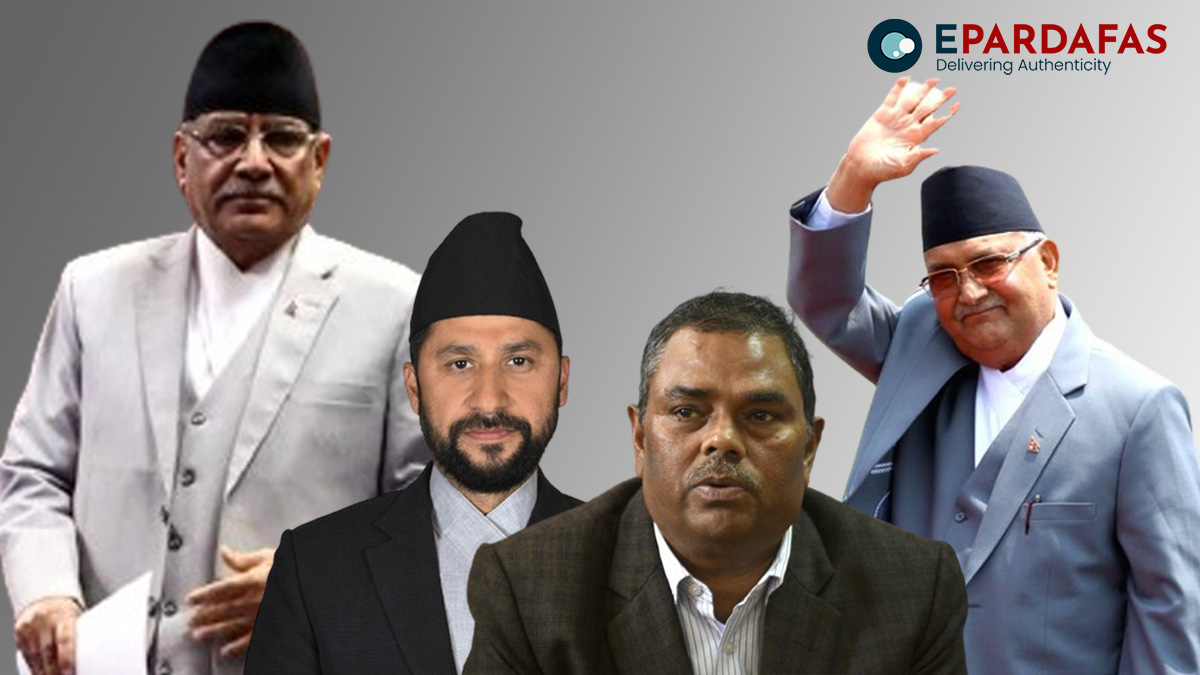


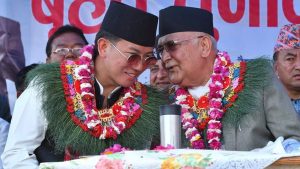
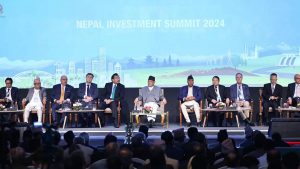
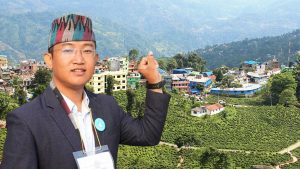

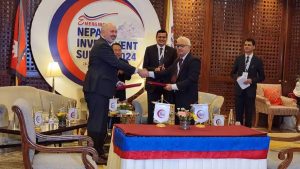







Comments